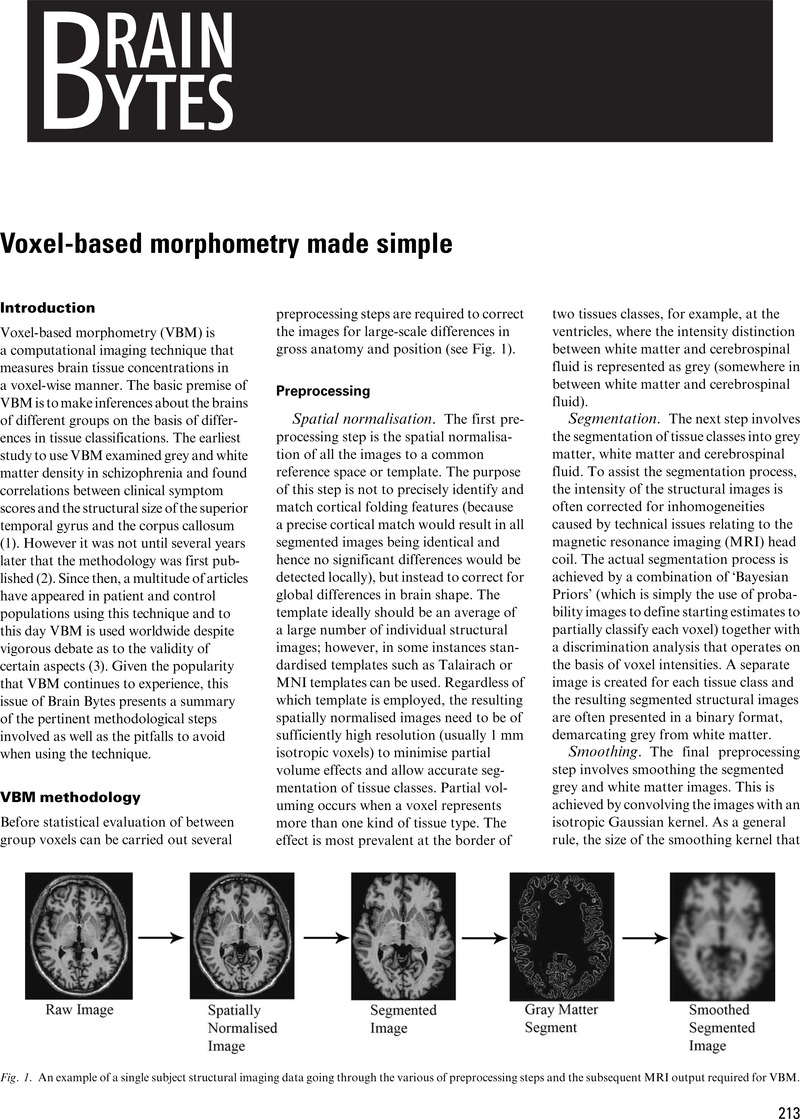Crossref Citations
This article has been cited by the following publications. This list is generated based on data provided by Crossref.
Malhi, Gin S.
2007.
Consciousness: a gray matter?.
Acta Neuropsychiatrica,
Vol. 19,
Issue. 3,
p.
135.
Nielson, Gregory M.
2008.
Advances in Visual Computing.
Vol. 5358,
Issue. ,
p.
183.
Malhi, G. S.
and
Lagopoulos, J.
2008.
Making sense of neuroimaging in psychiatry.
Acta Psychiatrica Scandinavica,
Vol. 117,
Issue. 2,
p.
100.
Lagopoulos, Jim
2010.
Evolution of brain imaging in neuropsychiatry: past, present and future.
Acta Neuropsychiatrica,
Vol. 22,
Issue. 3,
p.
152.



